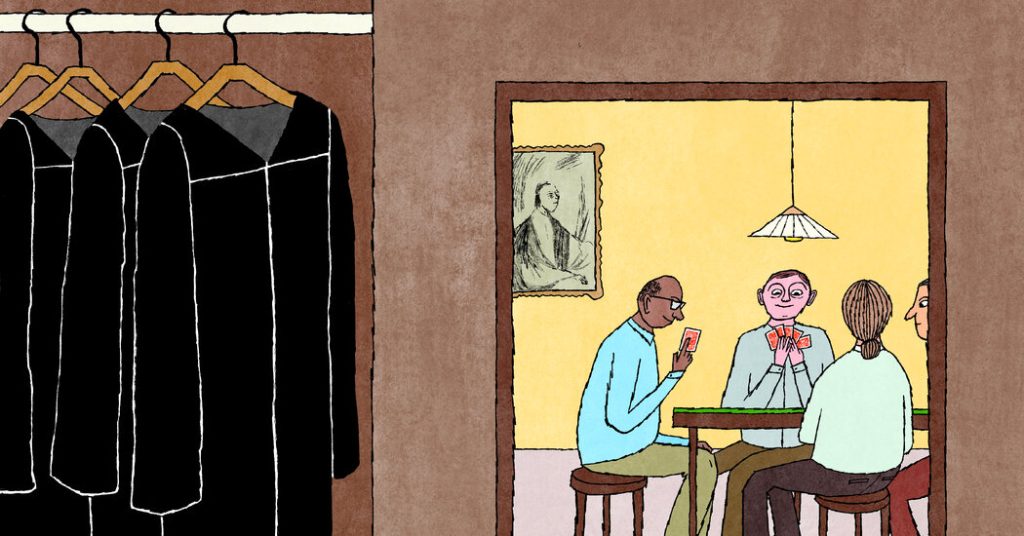Supreme Court Justices Sonia Sotomayor and Amy Coney Barrett recently discussed the importance of maintaining civility and professionalism while disagreeing on legal matters within the Court. This respectful approach has allowed the justices to form personal bonds, leading to increased chances of agreement or compromise, ultimately benefiting the nation that the Court serves. The Justices Sotomayor and Barrett’s example suggests that there is hope for the politically divided country to find common ground and engage in civil discourse.
Former Supreme Court Justice Sandra Day O’Connor and Ruth Bader Ginsburg were known for their camaraderie and shared experiences outside of the courtroom. They, along with other justices, would engage in activities like bridge games, attending hockey games, and even participating in opera performances. Their shared interests and friendships helped to foster a positive atmosphere within the Court, despite any legal disagreements they may have had.
The justices would follow specific unwritten rules during private case discussions, allowing each member a fair chance to speak before decisions were made. Seniority played a significant role in the discussion process, with Chief Justice Rehnquist ensuring professionalism and avoiding personal remarks during conferences. Despite differing legal perspectives, the justices made an effort to listen to each other’s viewpoints and work towards agreement or compromise.
Justice O’Connor emphasized the importance of maintaining strong personal relationships despite disagreements on legal matters. Just because two justices may disagree on one case does not mean they cannot find common ground on another issue outside of the courtroom. This mentality helped to foster a supportive and respectful environment within the Court, preventing animosity or hostility among the justices.
The justices’ ability to put aside legal differences during meals and engage in light-hearted conversations about sports or jokes further strengthened their personal relationships. These interactions helped to create a sense of camaraderie and respect among the justices, despite any professional disagreements they may have had. Chief Justice Rehnquist’s ability to facilitate a positive atmosphere during conferences helped to ensure a productive and respectful dialogue among the justices.
Justice Breyer notes that while the Court’s model of respectful disagreement and compromise may not be directly applicable to the entire nation, it offers a valuable lesson in listening to one another in search of consensus. By engaging in civil discourse and maintaining respect for differing viewpoints, there is hope for finding common ground and working towards shared goals within a politically divided society.


